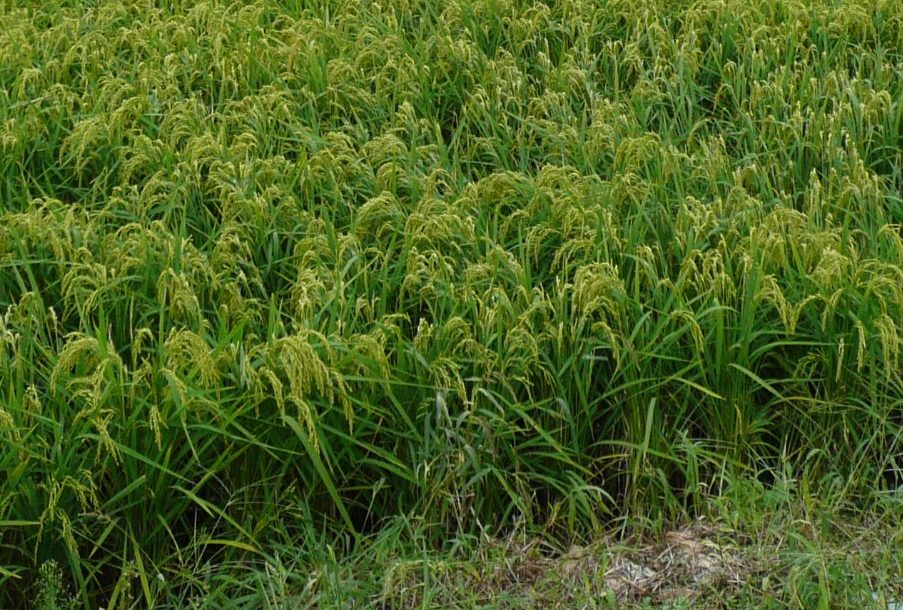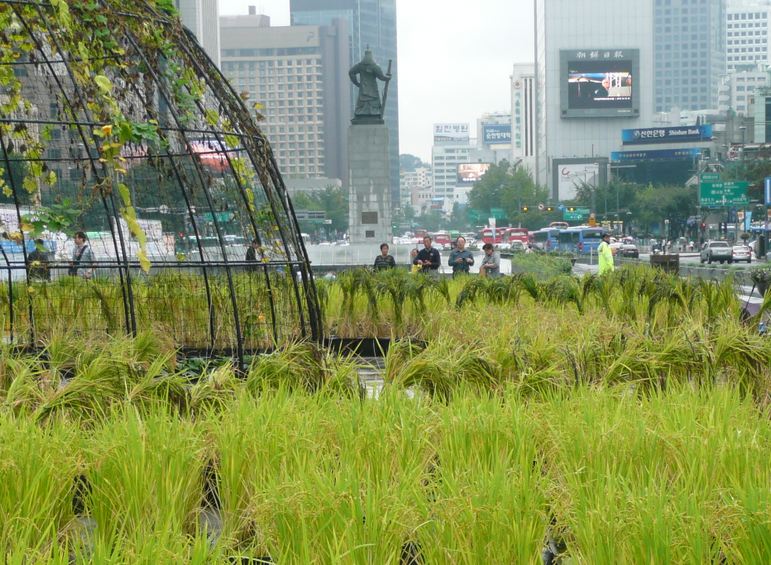On a recent visit to South Korea, I was surprised to find a display of rice cultivation in the heart of Seoul. Arrayed along the middle of the city’s central Sejongno boulevard, almost in the shadow of the statue of Korean’s sixteenth century hero, Admiral Yi Sun-Shin, hundreds of pots of mature rice were laid out in an elaborate montage of rural productivity.
On a sign in the midst of the display the English text read: “It’s time to turn to farming. Farming is life. Farming is imbued with old wisdom that we may transfer to the future. Farming makes sustainable development possible. Farming is an art”.
On the face of it, this is a typical example of rural nostalgia; of the yearning for more authentic agrarian ways that often characterises the triumph of modernity. The South Korean display of urban rice-art seemed very similar to the romanticisation and consumption of the rural that I have seen many times in Thailand, where I have been working since the early 1990s.
However, there is an important difference between Thailand and Korea when it comes to urban appreciation of rural ways of life. In South Korea, urban nostalgia for agriculture appears to be part of something approaching a national consensus about the importance of state support for the farming population. The South Korean government provides its farmers with one of the most generous packages of subsidy and support in the world: tariffs on agricultural imports, tariff rate quotas, direct payments to farmers, and heavy investment in rural development schemes. This government largesse attracts some criticism from commentators concerned about market distortion and government extravagance, but there does not seem to be any serious public debate about the legitimacy of this support for the rural sector. Funding for school lunches is a bigger issue in the up-coming presidential election.
In Thailand the situation is very different…
Find out why by reading the full story here.
 Facebook
Facebook  Twitter
Twitter  Soundcloud
Soundcloud  Youtube
Youtube  Rss
Rss 
